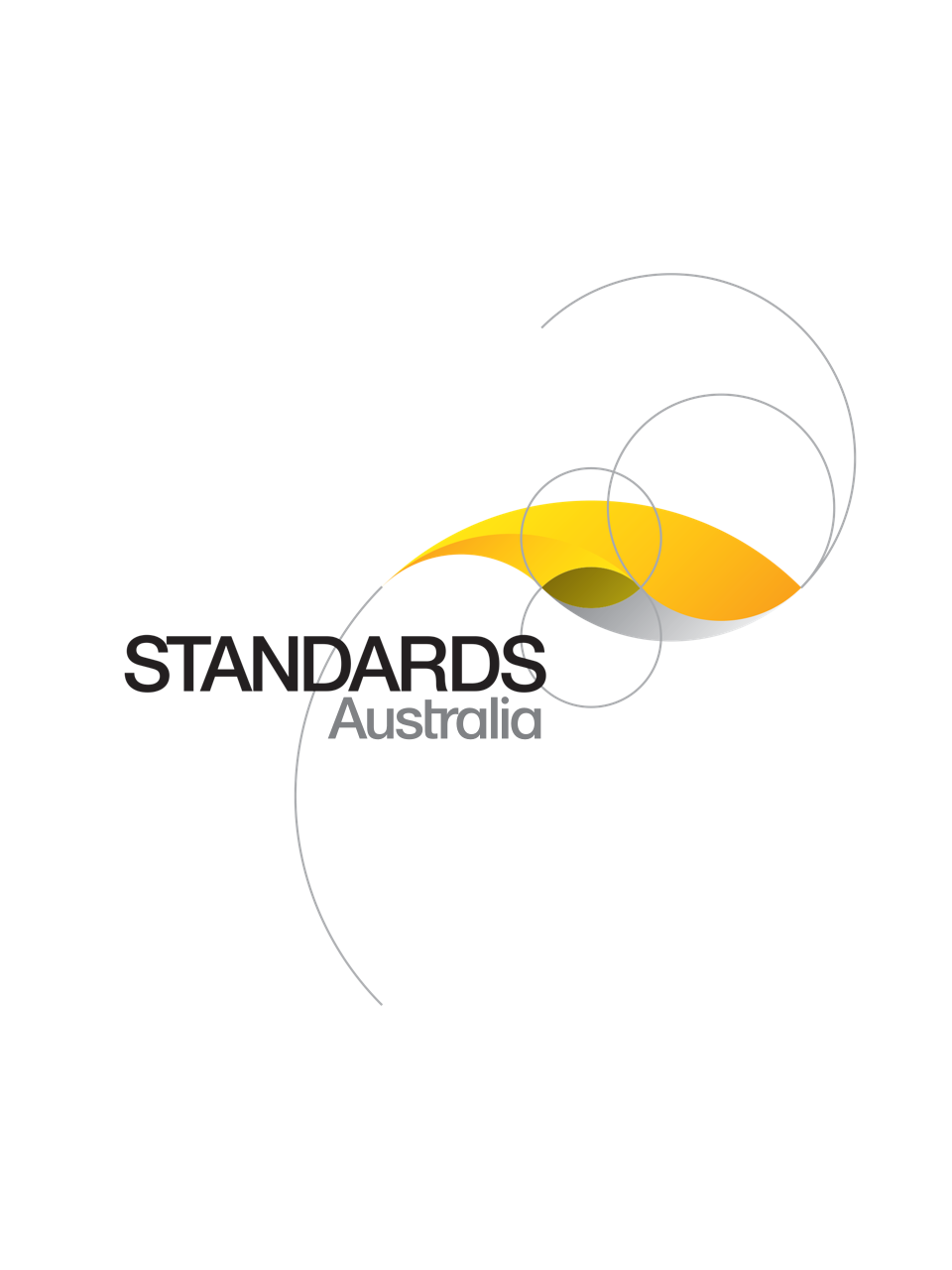Standard
UPDATE AVAILABLE
AS ISO 20658:2019
[Superseded]Medical laboratories — Requirements for collection, transport, receipt, and handling of samples
The objective of this Standard is to specify requirements and good practice recommendations for the collection, transport, receipt and handling of samples intended for medical laboratory examinations.
Published: 25/06/2019
Pages: 33
Table of contents
Cited references
Content history
Table of contents
Header
About this publication
Preface
Foreword
Introduction
1 Scope
2 Normative references
3 Terms and definitions
4 Quality management
5 Pre-examination processes relating to patient samples
5.1 General
5.2 Laboratory test is ordered
5.3 Sample request generation process
5.4 Process for providing instructions to patients
5.5 Patient identification process
5.6 Preparation for sample collection process
5.7 Primary sample collection and labelling process
5.8 Preparation for transportation process
5.9 Sample transport process
5.10 Sample receipt process
5.11 Process for preparing sample for examination
6 Infrastructure and environmental conditions
6.1 General
6.2 Design
6.2.1 General
6.2.2 Safety and accessibility
6.2.3 Privacy and confidentiality
6.2.4 Equipment, supplies and storage
6.3 Facility maintenance and environmental conditions
6.4 Personnel facilities
7 Equipment and supplies
7.1 General
7.2 Equipment acceptance testing
7.3 Inspection and storage
7.4 Inventory management
7.5 Equipment maintenance and repair
7.6 Equipment operation
7.7 Computer equipment
7.8 Equipment records
8 Infection prevention and control (biosafety)
8.1 Personal protective equipment
8.2 Hand hygiene
8.3 Personnel practices
8.4 Safe disposal
8.5 Patient protection
8.6 Cleaning and disinfection
8.7 Special precautions
9 Personnel
9.1 General
9.2 Training and competence
9.2.1 Personnel training
9.2.2 Competence and continuing education
9.3 Confidentiality and access to information
9.4 Personnel records
10 Information for patients and users of services
10.1 Information to be provided by laboratories that will receive the samples
10.2 Information for patients
11 Request form
11.1 Request form information
11.2 Verbal requests
11.3 Transcription
12 Patient identification
12.1 General
12.2 Routine patient identification
12.3 Patient identification in medical emergency situations
12.4 Patient identification of babies and young children
13 Identification of samples
14 Sample collection
14.1 General
14.2 Informed consent
14.3 Instructions for collection activities
14.4 Handling urgent requests
14.5 Blood sample collection
14.5.1 General
14.5.2 Order of draw
14.5.3 Special considerations when performing venipuncture
14.5.4 Adult capillary puncture
14.5.5 Paediatric venipuncture
14.5.5.1 General
14.5.5.2 Patient preparation
14.5.5.3 Collection technique
14.5.6 Paediatric capillary puncture
14.6 Other samples
15 Sample integrity and stability
15.1 Sample integrity
15.2 Stability
15.3 Stabilization
16 Transport of samples
16.1 General
16.2 Sample transport
16.3 Quality monitoring
17 Sample receipt and assessment
17.1 General
17.2 Criteria for sample acceptance or rejection
17.3 Sample label confirmation
17.3.1 General
17.3.2 Managing nonconformities
17.4 Records of sample receipt
17.5 Sample tracking
17.6 Urgent samples
17.7 Chain of Custody
18 Sample storage prior to examination
19 Customer satisfaction
20 Identification and control of nonconformities
20.1 Identification of nonconformities
20.2 Records of nonconformities
21 Performance indicators
22 Documents and records
22.1 General
22.2 Documents
22.3 Records
Annex A
Annex B
Bibliography
Cited references in this standard
